Urea: what is it and why does a gardener need it?
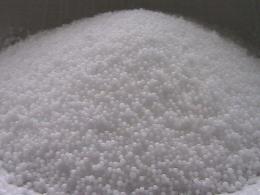
Today, many owners cannot do without a variety of fertilizers when growing vegetables, fruits, and berries. Infertile soils especially need fertilizing. In order for the harvest to be rich, it is necessary to use a variety of fertilizers, taking into account the type of soil and crop. Urea is considered one of the universal fertilizers. What it is? This question worries a lot of people.
Content:
What is urea?
Urea is also called urea. It is a fertilizer that contains nitrogen and is intended for foliar feeding. This agrochemical in its appearance resembles crystals, which can be white or transparent. Urea does not emit odor.
Almost half of the urea is nitrogen, which proves that urea is the best nitrogen-containing fertilizer. The urea solution has a neutral environment, so it does not cause burns on plant foliage. The nitrogen contained in the composition penetrates into plant cells in a short period of time and provides them with nutrition.
Why is urea needed?
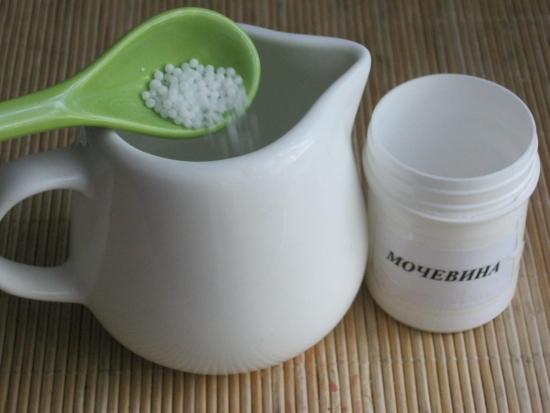
If we consider all existing fertilizers, we can see that urea is often used by owners. It is produced in granules that have a diameter of 2-3 mm. In appearance, it resembles saltpeter, so you need to be able to distinguish them from each other.If you initially wet your hands and then rub one ball of this feeding, then you will feel as if your fingers are soapy.
If the owner decides to use this agrochemical, he will need to embed it in the ground. The following properties and rules for using urea are distinguished:
- Due to the composition of the fertilizer, it is placed on a par with sodium nitrate and ammonium sulfate. It is worth remembering that when urea is added during sowing, you need to make sure that it does not come into contact with the seed material. This is due to the release of ammonium carbonate, which reduces seed germination. To prevent this, you should also use potassium or add urea below the sowing.
- Urea is an acidic agrochemical. When it is absorbed into the soil, then initially alkalization occurs, so it is less effective on saline soil. After this, acidification of the soil occurs. In this case, no trace of any compounds will remain after these reactions.
A huge advantage of urea can be highlighted: it does not harm plant foliage. This cannot be said about ammonium nitrate, which burns the ground part when the planting is sprayed. Taking this into account, urea can be added fractionally. Experts advise using urea for ordinary soils. It is on them that it reveals its properties to the maximum.
Video about what urea is:
This fertilizer boasts very high hygroscopicity. For this reason, it is worth storing it without impurities in a dry place.
Features of use
If we compare urea with ammonium nitrate, then the maximum manifestation of its properties occurs if it is introduced into the lungs soils. The main thing is that the soil is moist enough.Urea also works well on gray soils. If this fertilizer is used on alkaline or neutral soils, then a large amount of nitrogen is lost. Therefore, in such cases it is recommended to mix urea with soil.
Urea is used as the main fertilizer in the spring. At the same time, it is suitable for a variety of crops. Application to the soil should occur 7 days before the planned sowing. In this case, the fertilizer is deepened by 7-8 cm.
If the area is not irrigated, then loss of ammonium compounds may occur. This is affected by their volatility. In this case, urea can be compared in properties to ammonium nitrate.
If the owner decides to apply fertilizer in the fall, then you should be prepared that it will not show its maximum effect. This is due to the fact that instant decomposition occurs, and ammonium carbonate begins to be released, which will collapse in a short period. Before the beginning of spring, a large particle of nitrogen will be washed out.
Urea may be used in the autumn then, if it is short, warm, without much precipitation. Also, the soil should not be sandy or sandy. But, nevertheless, it is not advisable to carry out this procedure in the fall. For this reason, experienced gardeners advise applying fertilizer in the spring. Pre-sowing fertilizing is also carried out at the moment when the plants are planted.
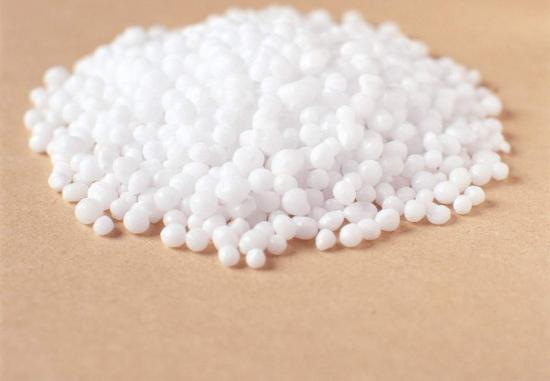
Apply fertilizer to the holes themselves. But in this case there must be layers of earth. This will prevent the plants from sprouting under the influence of ammonia. Experienced specialists have repeatedly noted that the properties of urea are much better than other agrochemicals. For this reason, it is widely used in garden and greenhouse conditions.The most important thing is that the solution will not damage the foliage, which cannot be said about many other fertilizers.
As a result, the combination of watering and spraying brings a positive effect, since the rhizome develops well. So, urea is a highly effective fertilizer that is used by many gardeners. But a lot of newbies should familiarize themselves with what it is. After all, urea has its own characteristics and rules use.


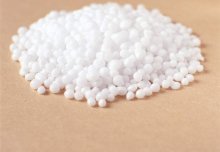
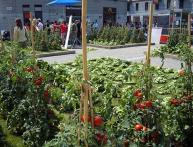
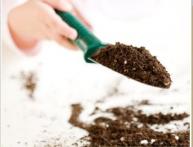

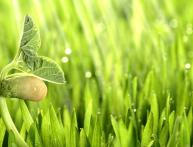
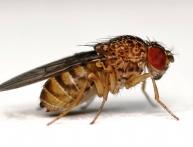
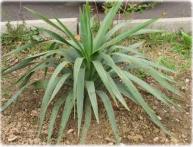
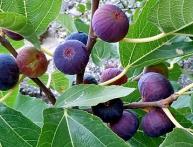
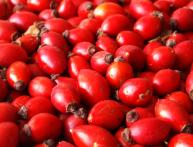
Comments
Grandma was an agronomist and always recommended urea, we never had problems with the harvest, but it requires a special approach, you need to fertilize the soil strictly according to the instructions.